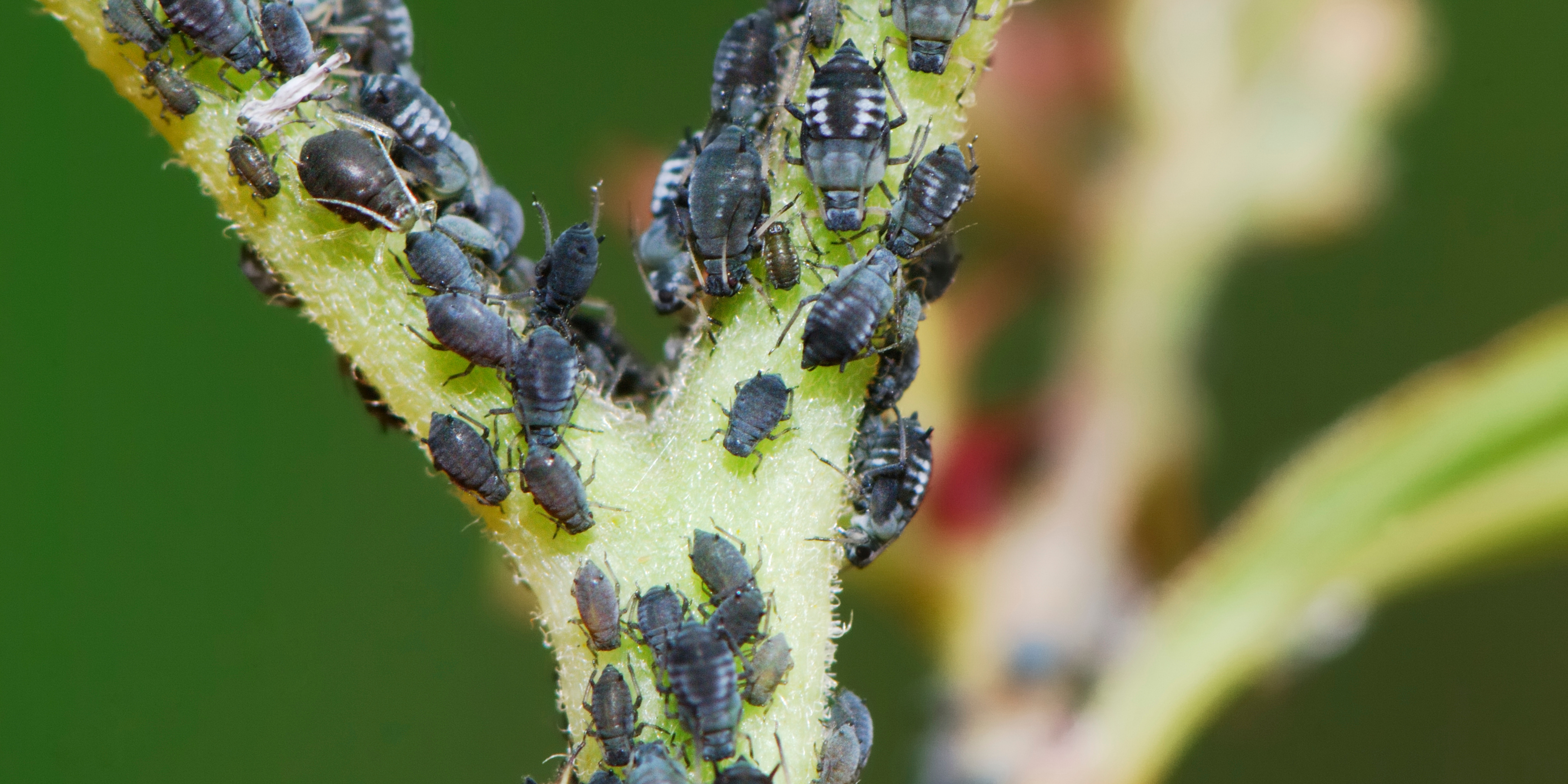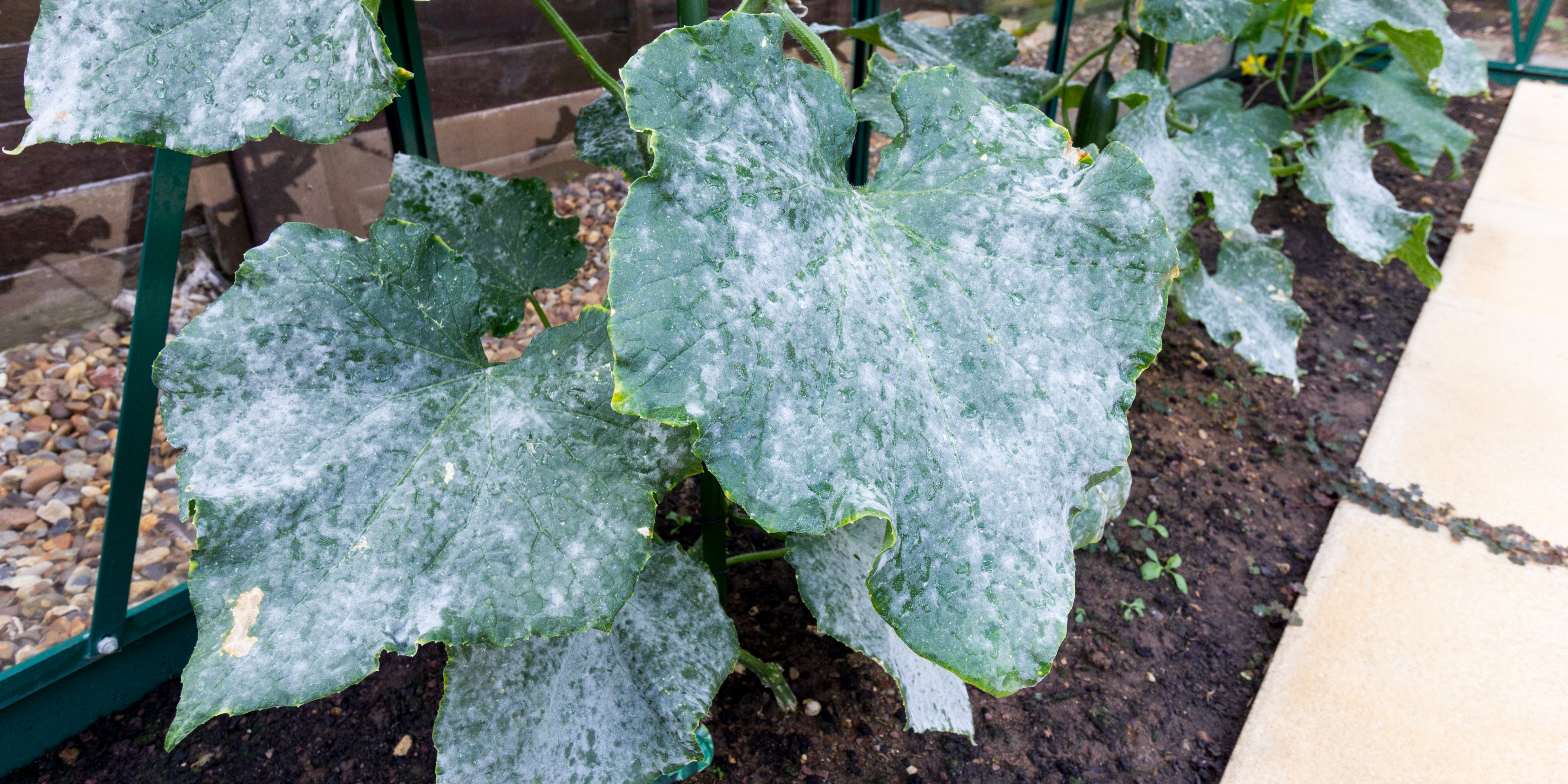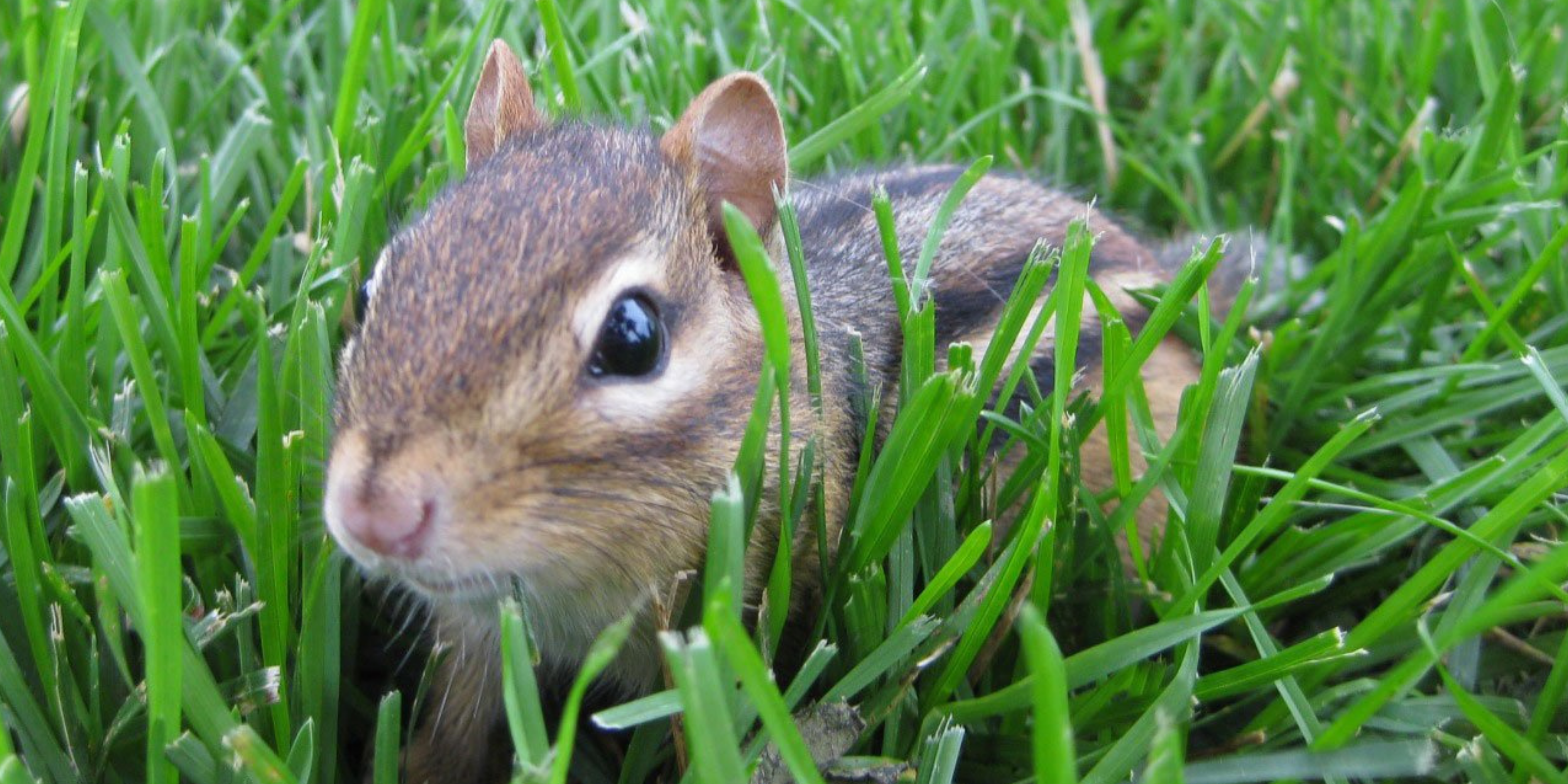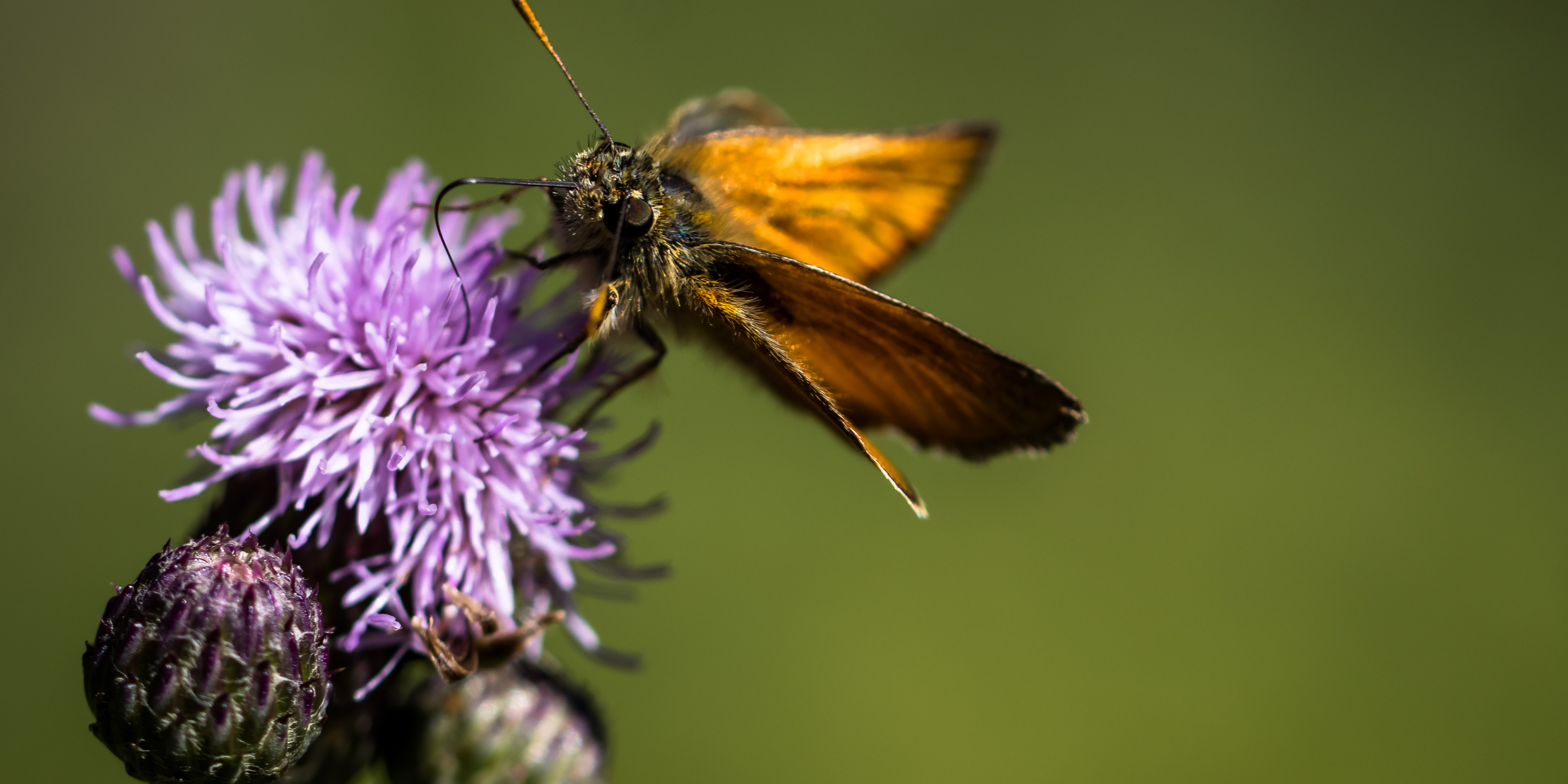As spring comes to an end and summer quickly approaches, there are still things to get done in the garden. This time of year is the perfect time to implement a prevention plan against obstacles you will undoubtedly face as the temperature rises.
Here are seven plans of action you should take in May.
1. Prepare Your Pest Control Plan

Pests can devastate your garden and yard. While your plants may look healthy and undisturbed now, most pests don’t do the most damage until the hottest months of the year. The last thing you want is to be caught off-guard. Prepare your prevention plan now by considering which pest controls you will need.
For instance, aphids may need a different type of pest control than grubs and caterpillars. Consider what types of pests are known offenders in your area and buy the pest control that is best for you. Some gardeners prefer certain methods over others, however, most preventative plans will deter total devastation caused by pests.
Tips:
- For aphids, look for organic, cold-pressed neem oil, insecticidal soaps, and horticultural oils. Gardeners also rely on spraying plants with water to simply knock the aphids off.
- For caterpillars, one of the oldest, tried-and-true methods is to simply pick the caterpillars off the plants and drop them into a ready cup of soapy water. Another method is by using neem oil, which is also a widely-used defense against caterpillar control. However, one of the sure-fire ways to establish dominance over the caterpillar damage is with an insecticide containing bacillus thuringiensis (BT). Look for insecticides with BT or BTK as a main ingredient.
Resources:
- Watch for cinch bugs and grub worms!
- Identify good bugs versus bad bugs.
- Control mosquitos with cedarcide control methods.
- Learn about the Texas leafcutting ant.
- Learn about fall army worms.
2. Prepare Your Disease Prevention/Care Plan

Like bugs, diseases can creep up on you. Bacteria, fungus, mold, and mildew can annihilate your yard or garden if left unnoticed and untreated. The most vulnerable time for plants is during mild temperatures after heavy rains – this can cause the soil to retain too much moisture and will create problems. You will need to prepare your prevention and care plan by:
- Watering your yard and garden in the early hours of the morning. This will ensure that your plants get the most hydration and nutrition before the water Watering your yard and garden at night can cause too much moisture, which will expedite diseases like fungus and mildew.
- Watching your plants constantly for signs of mildew, dark spotting, wilt, or rotting.
- Taking action at the very first sign of disease.
- Arming yourself with fungicides and bactericides that are appropriate for your garden. Consider organic routes like copper.
Tip:
Don’t know what’s hurting your plants? Bring us a picture and we’ll help you establish a plan of action!
Resources:
- Learn about what kinds of mildew can affect your lawn and garden.
- Understand how brown patch can negatively affect your lawn.
3. Prepare Your Soil Amendment Plan
As plants grow and use up the nutrients in the soil, and bugs move in, your luscious soil may turn hard, compact, and seemingly nutritionless. Additionally, your soil could be too acidic or too alkaline. It’s important to ensure that you have a soil amendment plan for when your soil needs adjustments.
To begin, consider what kind of soil you have. Second, plan which plants you will soon put in the soil, and research what pH level is required to maintain a healthy plant. Third, contact your county extension office for a soil test kit. These kits are usually offered cheaply, and you will be able to identify the pH quickly.
Additionally, visually check your soil to look for signs of too much moisture retention, or soil that dries out too quickly. You will need to add amendments like perlite, sphagnum peat moss, lime, and other amendments to correct the issue.
Tips:
- A pH of 4.5 – 7 is considered acidic.
- A pH of 7 – 9.0 is considered alkaline.
- A pH of 7 is considered neutral.
Resources:
- Find out what kind of soil you have!
- Contact your local county extension office to order your own soil testing kit.
- For a thorough list of the preferred pH for certain types of plants, visit this helpful chart.
4. Keep Clear of the Critters!

While critters are an inevitable part of nature, they’re not always a friendly site. Rats, moles, voles, squirrels, snakes, and chipmunks can be very unwelcome guests if you’re not expecting them.
While snakes are typically great rodent control, some are venomous so it is always best to keep your distance if you are not educated on snakes. In order to keep the snakes at bay, do not keep standing water around – snakes love a drink of water midday, too! Keep your yard cut and maintained always, weed your garden constantly to ensure fewer hiding places, and make sure you don’t keep yard tools, kid’s toys, or other objects around your yard that snakes can hide under.
Rodents can be controlled with snakes, mesh wire used under containers as well as mulch and fencing.
5. Perfect Your Pollinator Plans

Aside from you, the gardener, pollinators are the most important residents in your yard. Bees, butterflies, and birds are responsible for the natural pollination required to grow fruits, vegetables, and keep your plants growing strong year after year.
If you’re growing a vegetable garden but don’t see much fruit production, chances are strong that you don’t have enough pollinators. There are a few things you need to do to ensure that you have enough pollinators in your yard and garden:
- Plant more flowers that are known to attract pollinators.
- Put out hummingbird feeders to encourage them to visit your yard.
- Do not spray pest, disease, or weed controls while pollinators are out. Spray at night after the pollinators have retired for the day.
IN THE PREMIER NURSERY STORE:
6. Create A Fertilizer, Composting, and Watering Schedule
Using fertilizers and compost in the yard and garden can greatly improve the condition of the soil and plants you’re growing. Making sure you understand which nutrient ratio is best for your garden is one of the most important aspects of fertilizing. You will need to consider if you lack nitrogen, calcium, potassium, and other vital nutrients.
Resources:
- How to Water When it’s Hotter
- Become Water Wise!
- Learn what over- and under-watering are.
- Learn more about mulching and how it can positively benefit your garden.
- Understand fertilizers better.
7. Prepare for the Heat
Lastly, as summer approaches, the heat waves are sure to happen. Understanding when temperatures are the hottest throughout the day will offer you the knowledge of the best times to water your garden, how frequently, and how much.
Tips:
- When using oils and soaps on your plants, only do so in the evening once the sun begins to set and the pollinators retire for the day. If applied with the sun still high, the heat from the sunlight magnified through the oils can cause sun damage. Additionally, some insecticides that are meant to kill certain bugs can also harm bees and butterflies. Therefore, wait until later in the day to spray.
- Like oils and soaps, water can also bake leaves when used when the sun is still out. Avoid this by watering early in the morning.
Resources:
- Beat the heat in your yard with crape myrtles, Texas sage, and flowering shrubs.
Need more May tips?
Visit our other May blog!


